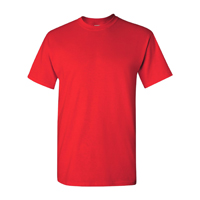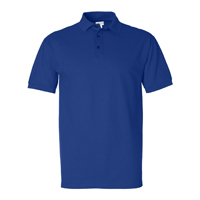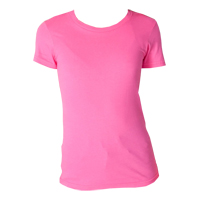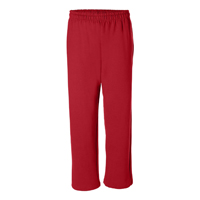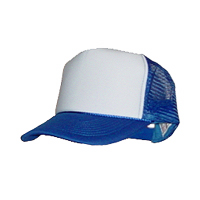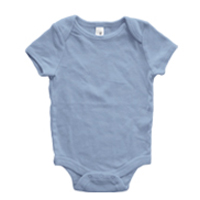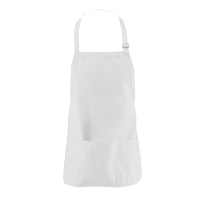Art Info Requirements
We gladly accept camera ready art that was created on a computer.
The information below will help you prepare your artwork so that problems (or additional costs) can be avoided in preparing your film. These are general guidelines. Specific questions about your art can only be answered after viewing your image. Please feel free to email a low resolution copy for us to review.
We accept email files, floppy discs (3.5", 1.4 MB HD), Zip Disks (100MB), and Compact Discs.
SUPPORTED APPLICATIONS: We print color separations/film for images from: Photoshop, Illustrator, Freehand, and QuarkExpress. Files created in other applications can be read if they are constructed properly and saved in a Macintosh .EPS format. Correll Draw files should be saved as .ai (Adobe Illustrator) files. Word processing and presentation applications do not allow for separating colors. We cannot use art created in these programs. We can recreate or make your art "printable" from these applications for an additional fee.
What program should I use? Click here to see samples of various images and the programs used to create them.
When printing camera ready art from digital files, it is important that your file be constructed properly. Screen printing textile requirements are very different than those for printing on paper.
WEB IMAGES: Most images that are displayed on web sites are created at very low resolution in order to transfer or download quickly. Typically web site graphics are 72 dpi and physically small (1-3 inches wide).
Images for screen printing must be at least 150 dpi at the size you wish them to print on the garment.
If you want to use a web graphic, contact the designer for a high resolution version. If you want to use a graphic found on someone elses site, most likely we will be unable to use it.
SPOT COLOR: The following information applies only to spot color jobs. If you are unfamiliar with the differences between 4 color process and spot color printing techniques, please read the page entitled Spot vs. 4 Color Process
COLOR SELECTION: When assigning colors please use Pantone or custom colors (not CMYK) so that your files separate and print properly. Do not create separate files for each ink color.
FONT & TYPE: Please convert fonts to curves (create outlines) before sending your files.
IMAGE SIZE: It is best to present your files with the image at the size you want to print on the garment.
HALF TONES: We use halftone line screens between 35 lpi (lines per inch) and 65 lpi. Most spot color halftones are printed at 45 lpi. When combining solid line art images (bold type or graphics) and very fine halftones (55+lpi) in the same design/ink color we are often required to separate them and print them independently. This requires the use of two films and two screens for that one ink color.
GRADATIONS AND BLENDS: Halftones assigned a percentage of a color between 1% and 14% print as 0%. And conversely, those assigned between 85% and 99% print as solid. (Be sure that your colors are Pantones or custom colors NOT CMYK!)
TRAPS & KNOCK OUTS: For screen printing t-shirts we use a wet-on-wet process. We use butt traps (no traps) and knock outs so that one ink color does not print on top of another ink color. Most programs do this automatically.
RESOLUTION/FILE SIZE: Scanning resolutions (from original photographs or graphics) should be 2.5 times the line screen. For example: If we are to print a black and white photo at 45 lpi then you should scan it at 113 lpi. Do not present files or images with a resolution over 300 lpi. Higher resolutions greatly increase the file size hence the time it takes to transfer and print without benefit.
Artwork for screen printing needs to meet minimum specifications in order to reproduce well. One of the requirements is the quality of resolution.
Most graphics created for web sites are made in very low resolution formats (72 dpi) so that they may be transferred quickly over the internet. These images are NOT usable for screen printing.
Our logo below is shown at 3.5 inches wide. The resolution is 72 dpi for web site use only.

This is our logo enlarged from the file above. It shows how pixelated the image becomes when we enlarge it for use on a t-shirt.

Professional artists that create web graphics normally begin the process in a format that is printable. They may use Adobe Illustrator or Freehand. Then the graphic is converted to a low resolution format for use on the web.
You may be able to obtain a usable version of your logo for our purposes from your graphic artist. If not, we'll be happy to recreate the image for you.

